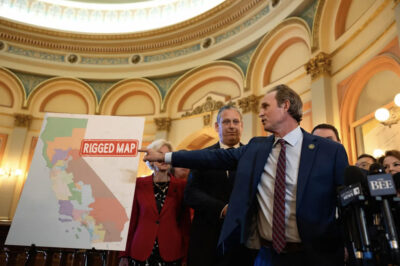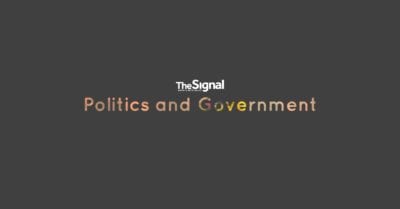By Aldgra Fredly
Contributing Writer
President Donald Trump on Tuesday dismissed reports suggesting that he was seeking a summit with Chinese leader Xi Jinping, but said he may visit China at the invitation of Xi.
“The Fake News is reporting that I am SEEKING a ‘summit’ with President Xi of China. This is not correct, I am not SEEKING anything,” the president stated on Truth Social. “I may go to China, but it would only be at the invitation of President Xi, which has been extended. Otherwise, no interest.”
If it proceeds, the visit would mark Trump’s second trip to China as president, the first having taken place in 2017 during his first presidential term.
Trump made the clarification as Treasury Secretary Scott Bessent was meeting with Chinese Vice Premier He Lifeng in Stockholm, Sweden, on Monday for a third round of negotiations to finalize a trade agreement before the Aug. 12 deadline, after which tariffs will increase if no deal is reached.
During an interview with Fox Business on July 22, Bessent suggested that they may seek to extend the temporary pause in trade measures between the world’s two largest economies.
“We’ll be working out what is likely an extension then,” he said. “Hopefully, we can see the Chinese pull back on some of this glut of manufacturing that they’re doing and concentrate on building a consumer economy.”
U.S. Trade Representative Jamieson Greer told CNBC on Monday that he did not expect any “enormous breakthrough” from the U.S.-China trade talks, but viewed the continuation of trade talks as a positive indication.
“Our discussions with the Chinese are always cordial and constructive,” Greer said. “This is the third round in the past three months, so just the fact that we’re talking and we want to move forward in a positive way, is its own good sign.”
Both economies have sought to end a trade war in which the United States raised tariffs on Chinese goods to pressure Beijing to address the trade deficit. China responded with retaliatory tariffs, sparking a back-and-forth that pushed U.S. tariffs on Chinese imports as high as 145%, while China’s tariffs on U.S. goods rose to 125%.
On May 12, they reached a temporary agreement under which the United States reduced its reciprocal tariff on Chinese imports to 30% and China lowered its tariff on U.S. goods to 10%. The deal also included a rollback of certain trade restrictions.
Trump said on Sunday that his administration is very close to finalizing a trade deal with the Chinese communist regime, but did not give further details.
“We really sort of made a deal with China, but we’ll see how that goes,” he told reporters during a meeting with European Commission President Ursula von der Leyen in Scotland.








